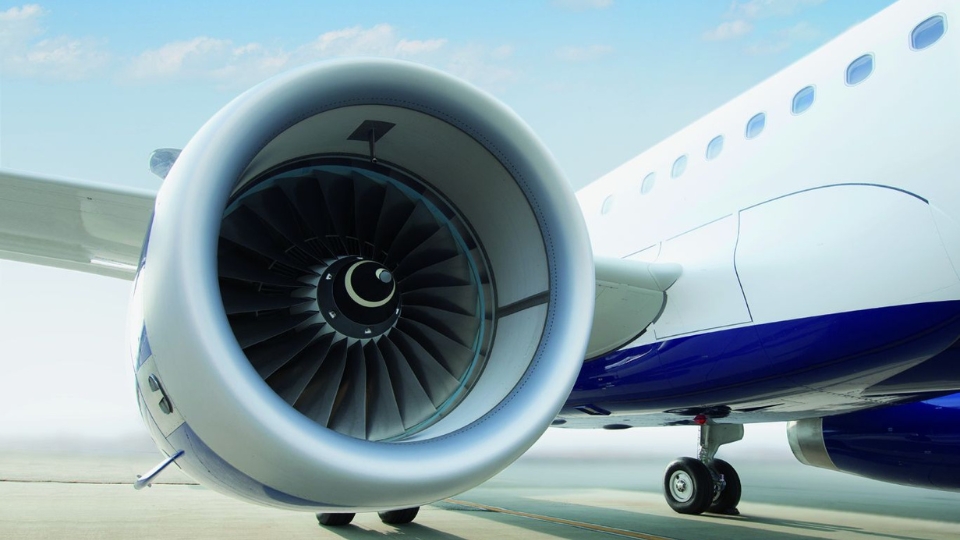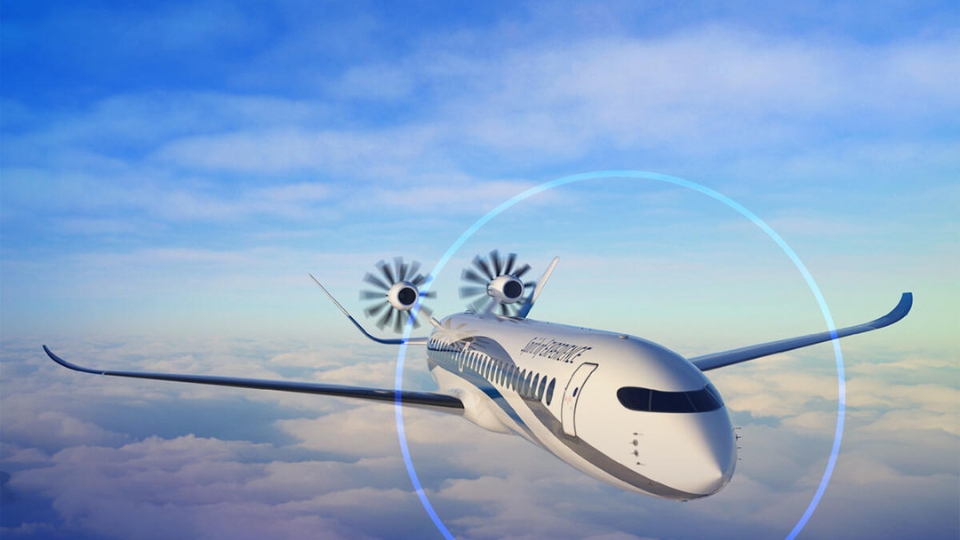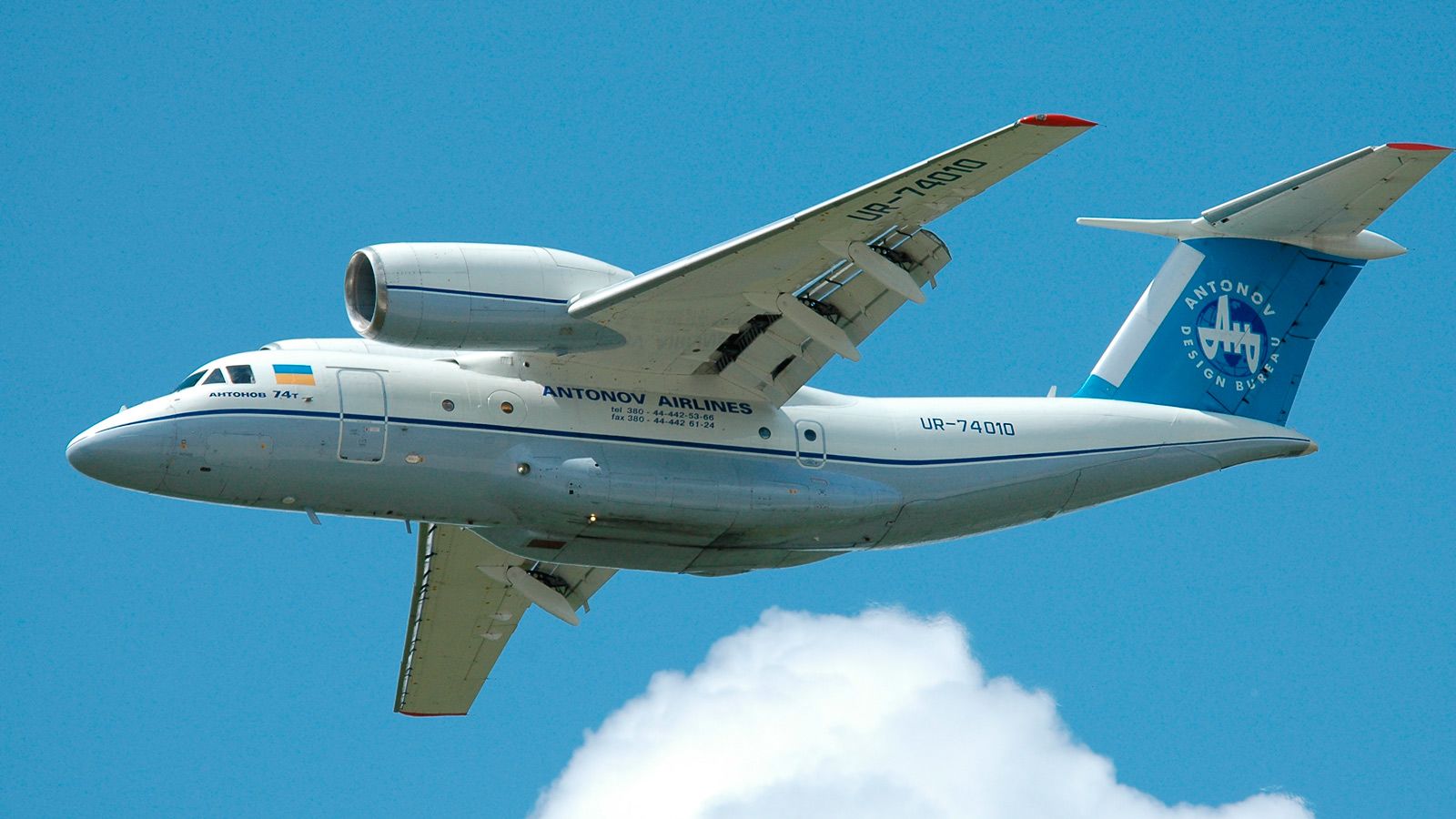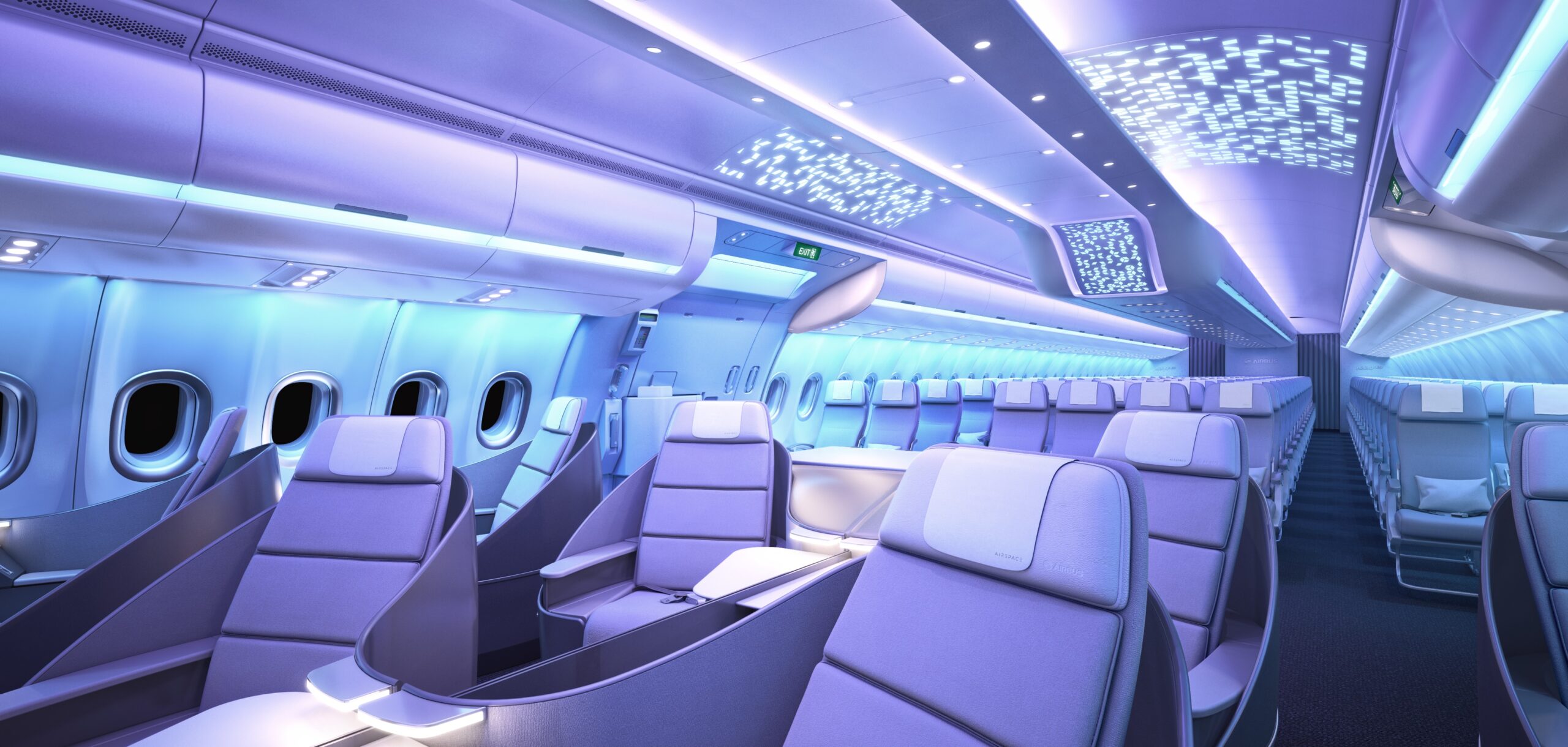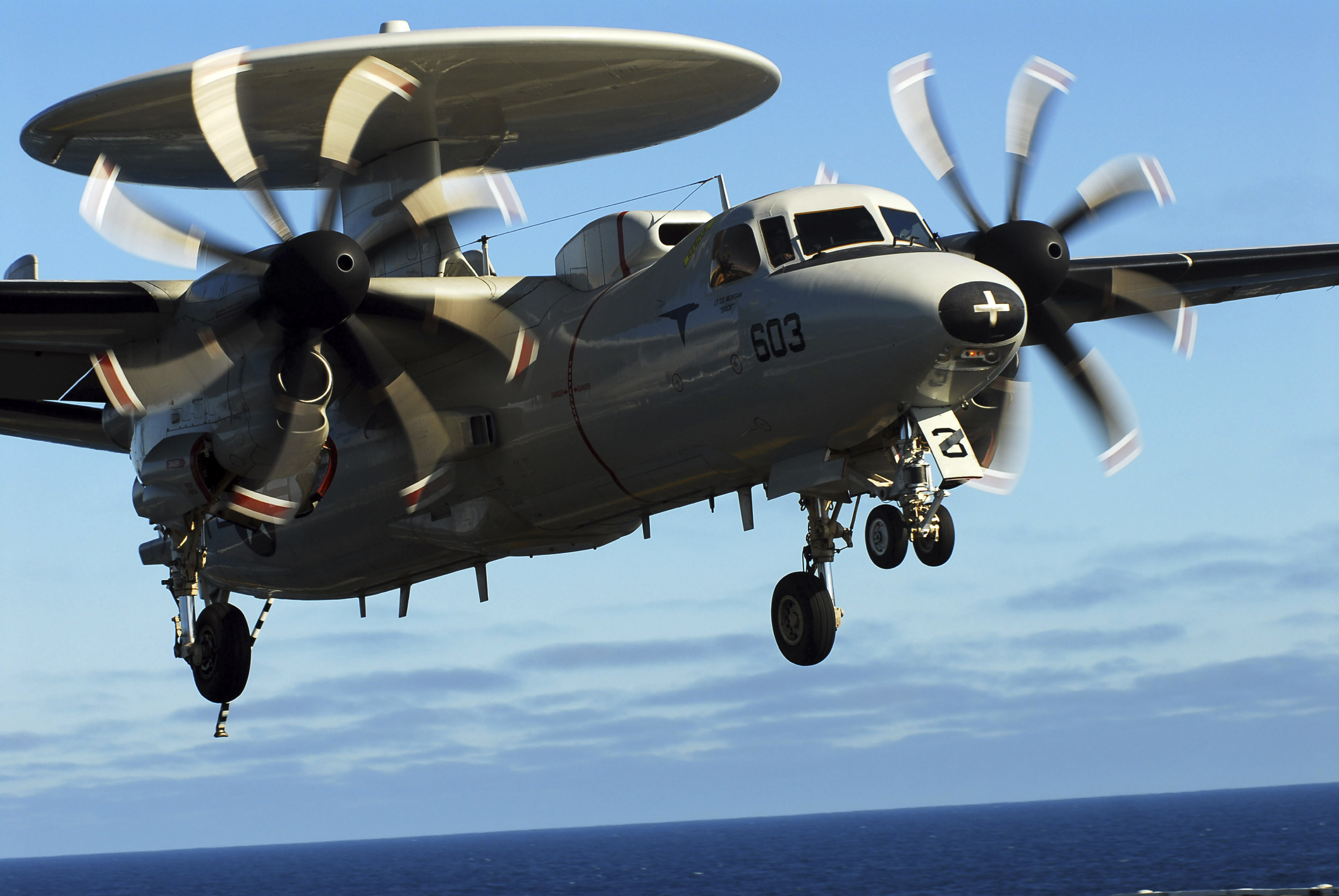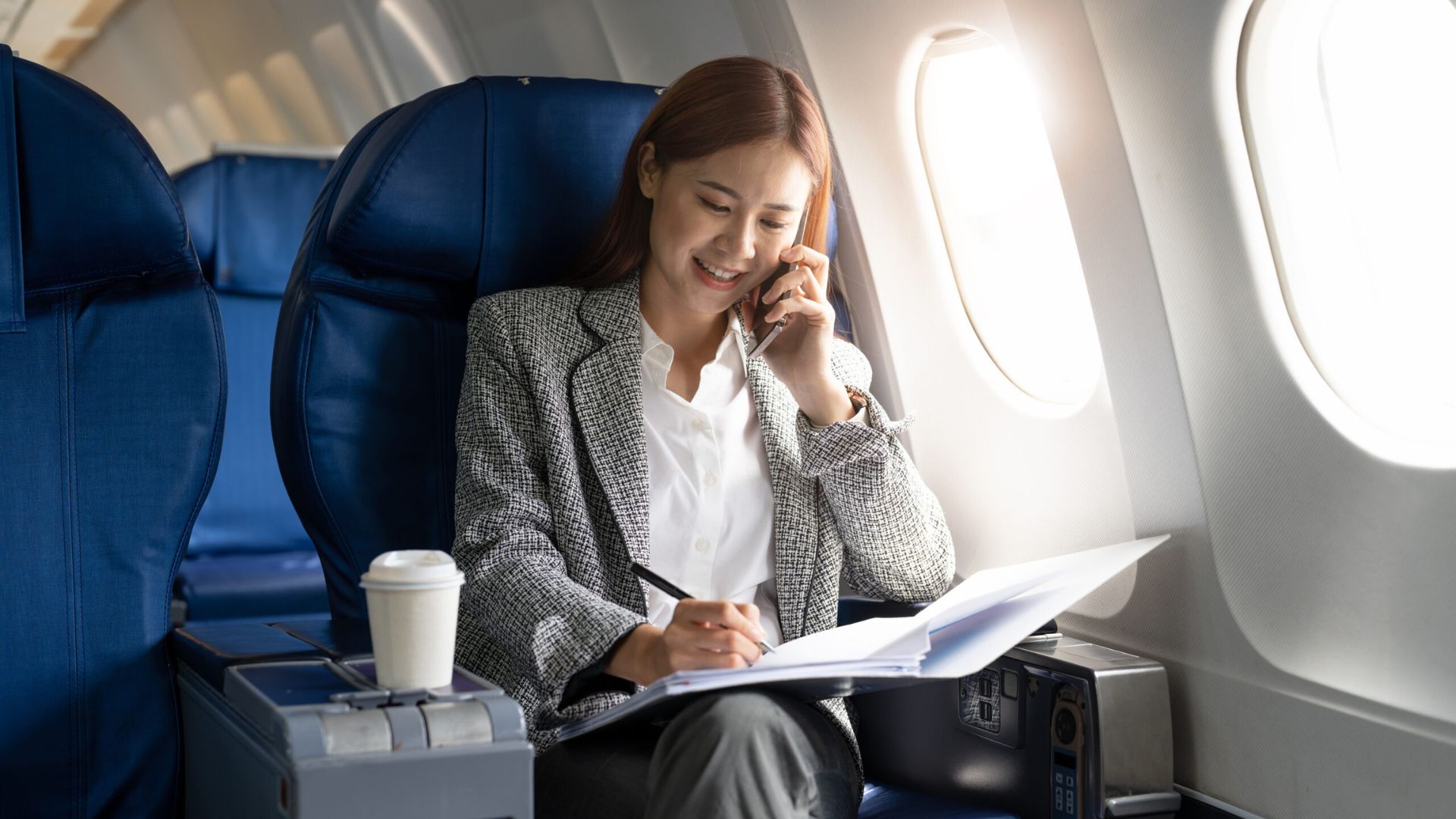Private aviation has become an essential part of corporate travel. Many executives prefer private flights to avoid delays, long check-ins, and crowded airports. Business travelers also value the privacy and productivity that private aircraft offer. With several aircraft types available, choosing the right one can transform the way professionals travel.
Private flights allow executives to plan around their schedules rather than airline timetables. This flexibility ensures punctual arrivals and efficient business operations. Moreover, passengers can hold meetings or rest comfortably during flights, turning travel time into productive hours.
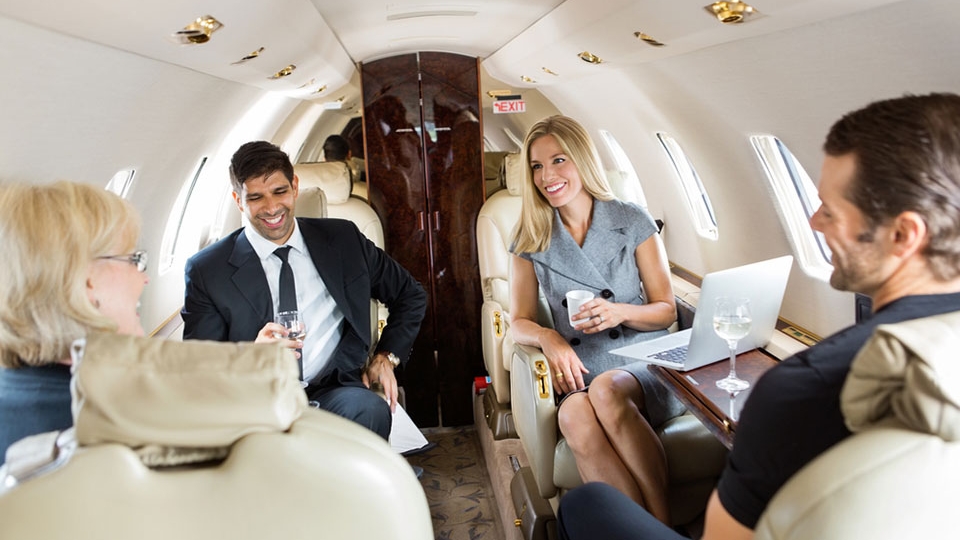
Private Aircraft Options for Business Travelers
Light Jets for Short Business Trips
Light jets remain a popular choice for short-distance business travel. They are quick, economical, and ideal for trips between nearby cities. Most light jets accommodate between four and eight passengers, offering just enough cabin space for small teams.
These jets can access smaller regional airports, which reduces ground travel time. Because of their efficiency, executives can attend multiple meetings in a single day. Furthermore, modern light jets feature leather seating, Wi-Fi connectivity, and refreshment centers, ensuring a pleasant journey.
Midsize Jets for Extended Travel
Midsize jets strike a balance between comfort and performance. They usually carry up to nine passengers and have a longer range than light jets. Travelers can easily fly from one end of the country to the other without refueling.
Cabins are more spacious, with room for reclining seats, conference tables, and entertainment systems. Midsize jets also handle turbulent weather better, offering a smoother experience. As a result, they’re ideal for executives who need comfort and reliability during regional or cross-border trips.
Super Midsize and Large Jets for Global Business
For international business travel, super midsize and large jets offer unmatched comfort. These aircraft can fly nonstop for thousands of miles, connecting cities across continents. Many have sleeping areas, private suites, and gourmet dining services.
Business travelers often prefer large jets for long journeys because of their luxurious interiors. They also come equipped with advanced communication systems, allowing executives to stay connected mid-flight. Additionally, the quiet cabins promote relaxation, reducing fatigue upon arrival.
Turboprop Aircraft for Regional Travel
Turboprops are another efficient option for short or regional business trips. They use propeller engines, making them more fuel-efficient than jets. Although smaller, they perform exceptionally well on short runways and in remote locations.
These aircraft are perfect for reaching destinations with limited airport infrastructure. They also provide quick boarding and lower operational costs, which appeals to budget-conscious companies. Even with their smaller size, modern turboprops deliver impressive comfort and safety.
How to Choose the Right Aircraft
Selecting the right private aircraft depends on several factors. Travel distance should always come first since range affects both time and cost. Passenger count also matters because it determines cabin size and layout.
Business executives must consider how often they travel and the level of luxury required. While some may prioritize speed, others value space and amenities. Consulting an aviation expert helps narrow down the best options. Consequently, this ensures a balance between performance and comfort.
Benefits of Private Aviation
Private aircraft offer benefits far beyond convenience. Time efficiency stands out as the most significant advantage. Passengers can depart and arrive on their own schedule without waiting for commercial flights.
Privacy is another key factor. Executives can discuss confidential matters freely during the flight. In addition, onboard comfort enhances productivity, allowing travelers to prepare presentations or unwind before meetings.
Access to remote destinations gives private aviation an edge. Smaller airports closer to business hubs reduce ground transportation time. Therefore, private flying often proves more practical and cost-effective in the long run.
Chartering vs. Ownership
Companies have several ways to access private aircraft. Chartering suits those who travel occasionally, offering flexibility without ownership costs. Fractional ownership allows multiple companies to share one aircraft, reducing expenses.
Full ownership, on the other hand, provides complete control and customization. However, it requires high maintenance and management investments. Businesses must weigh their travel frequency and budget to decide the best fit.
Safety and Maintenance Standards
Safety remains a top priority in private aviation. Certified pilots undergo continuous training, ensuring top performance in all flight conditions. Operators also maintain strict inspection schedules to keep aircraft in perfect condition.
Many private carriers follow international safety protocols and hold certifications from recognized aviation authorities. Such compliance gives passengers peace of mind, especially during long-distance travel.
Conclusion
Private aircraft redefine business travel with unmatched comfort, flexibility, and efficiency. From light jets for quick meetings to large jets for global conferences, there’s an option for every corporate need.
Business travelers who invest in private aviation gain valuable time, enhanced productivity, and peace of mind. With tailored flight experiences and strict safety standards, private flying remains the smart choice for professionals who value both time and excellence.






